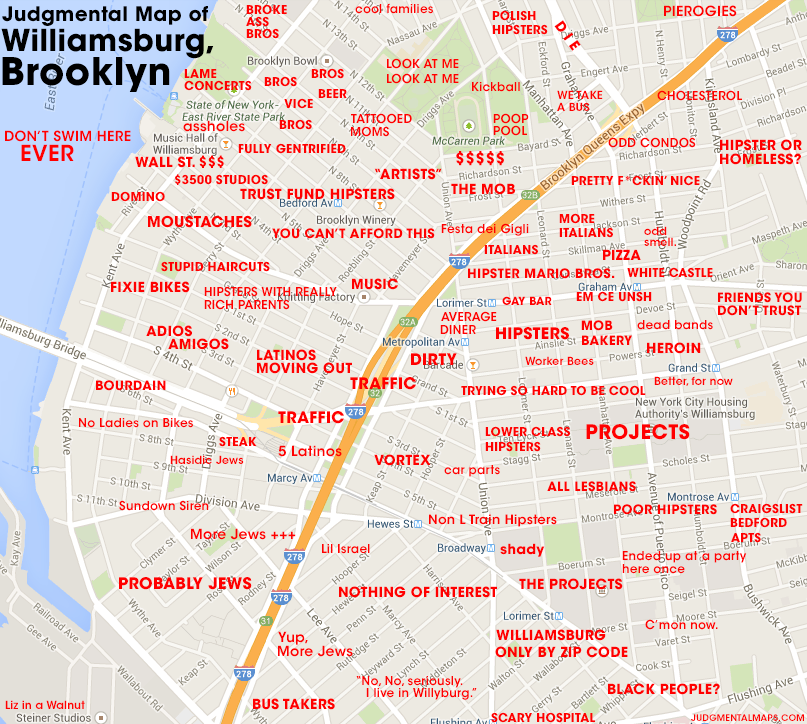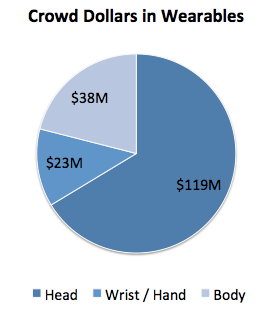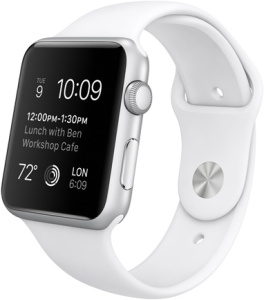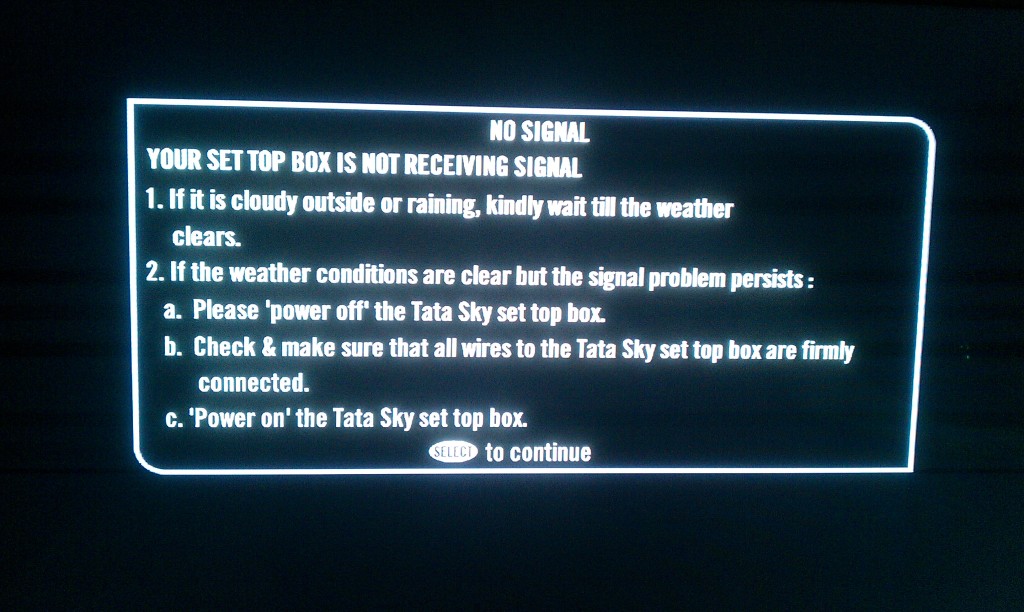In product companies, the business teams highly solicit good ideas coming from the engineers. While engineers often come up with many bright ideas, they lack a proper structure that can guide them through the idea development phase and prioritize top ideas. Once you have an idea, use the following three classifications to evaluate your idea, rate it or present to others.
1. Customer Value
A simple way to check customer value of your idea is to measure in terms of better, cheaper or faster? Is the new feature or idea better than whatever else that already exist, perhaps in a competing product?
If you use a 1-5 scale where 5 denotes highest customer value, call the highest value of 5 as customer delight. So, instead of a numeric scale, really think of a scale where high value indicates customer delight and low value indicates hygiene.

So, the question to answer is – “Will the idea provide delight to the customer or be seen as hygiene?”
2. Business Impact
How will this idea impact the business of your product? Measuring business impact is already a very challenging task for product managers and can be daunting for engineers. A simple way is to think if your idea will feature prominently in the decision making of your customers. For example, a feature that improves performance of the system can have high business impact.
Typically you would expect high customer value to be associated with high business impact. This is not true in cases where the user of the product is different from the decision maker. For example, you may have an enhancement request related to changing the user interface workflow with maximum user votes. This request has high customer value but not high business impact. Simplifying licensing can have high business impact but low customer value.
3. Engineering Effort
This effort analysis should not be difficult for engineers. You have to decide if building this idea is a low effort or high effort initiative. If it is high effort, can it be done in phases? Low hanging fruits with medium customer value or medium business impact often find their way into the next product releases.
Overall Priority Calculation
Many a times these ideas are targeted towards existing Go To Market (GTM) – and hence some of the aspects around target customer, size, opportunity, channels and how to reach target segment need not bother engineers. If you have multiple ideas, or if you are managing multiple ideas as a lead, mentor or manager, you can tabulate and sort your top ideas as shown below.

And you now have enough scope to apply mathematics as you feel like to decide priority.









